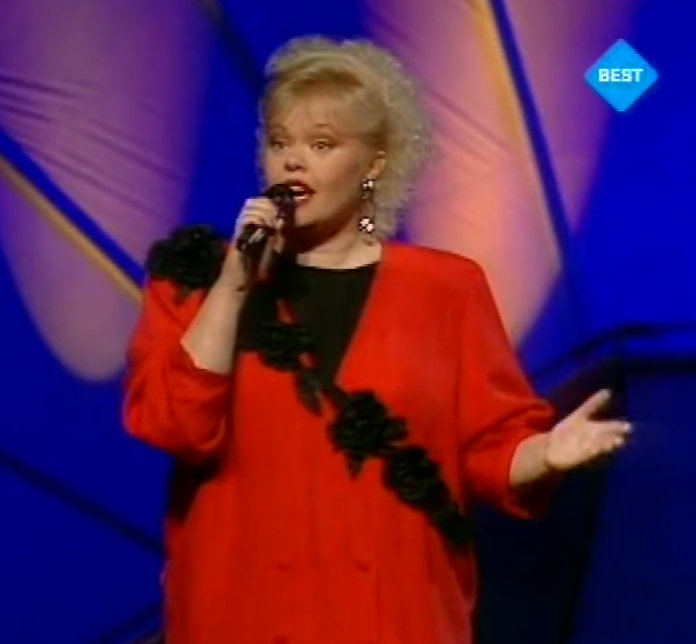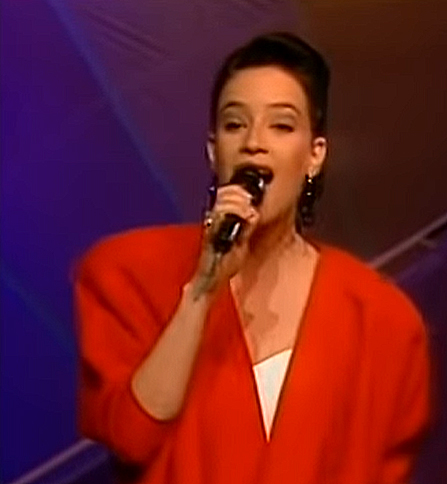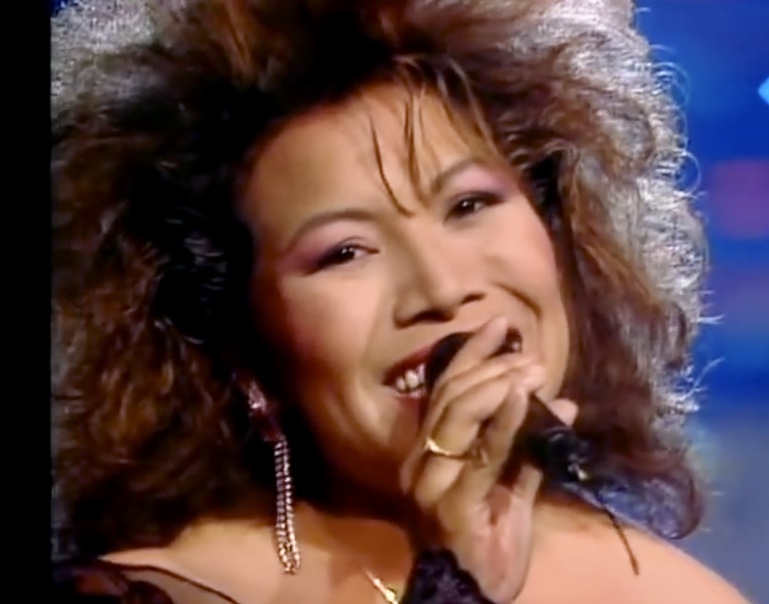
🇫🇮 Blast from the past: Finland 1989
We know a lot about Eurovision and we want to share this knowledge with you! Therefore we’d like to bring you a blast from the past. Today: Anneli Saaristo, who represented Finland in 1989. Finland in the Eurovision Song Contest Finland’s participation in the Eurovision Song Contest has been marked


